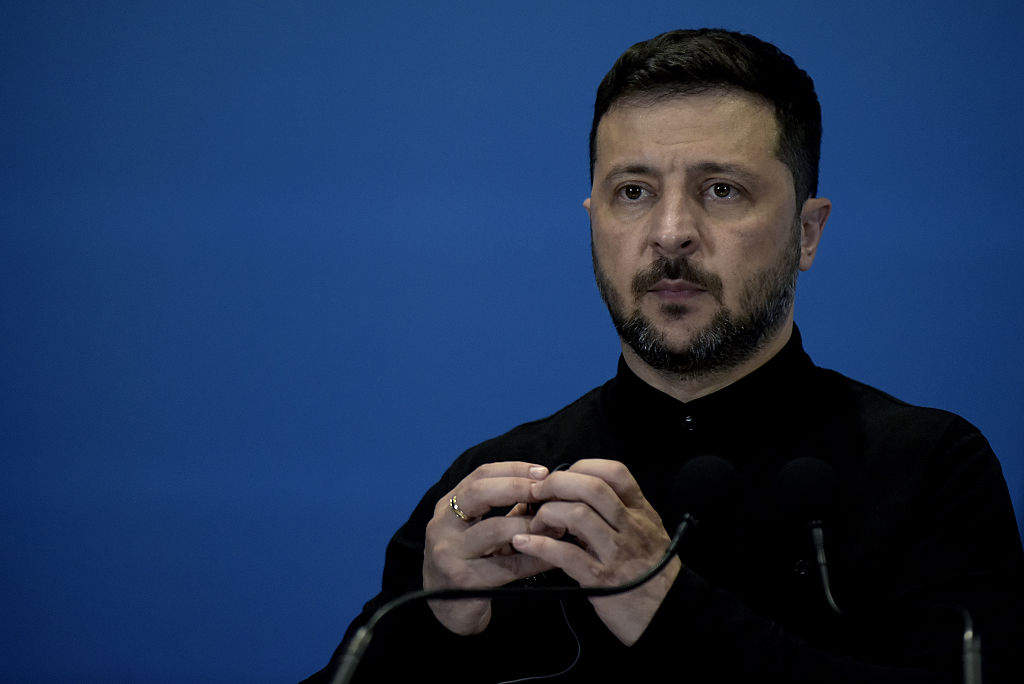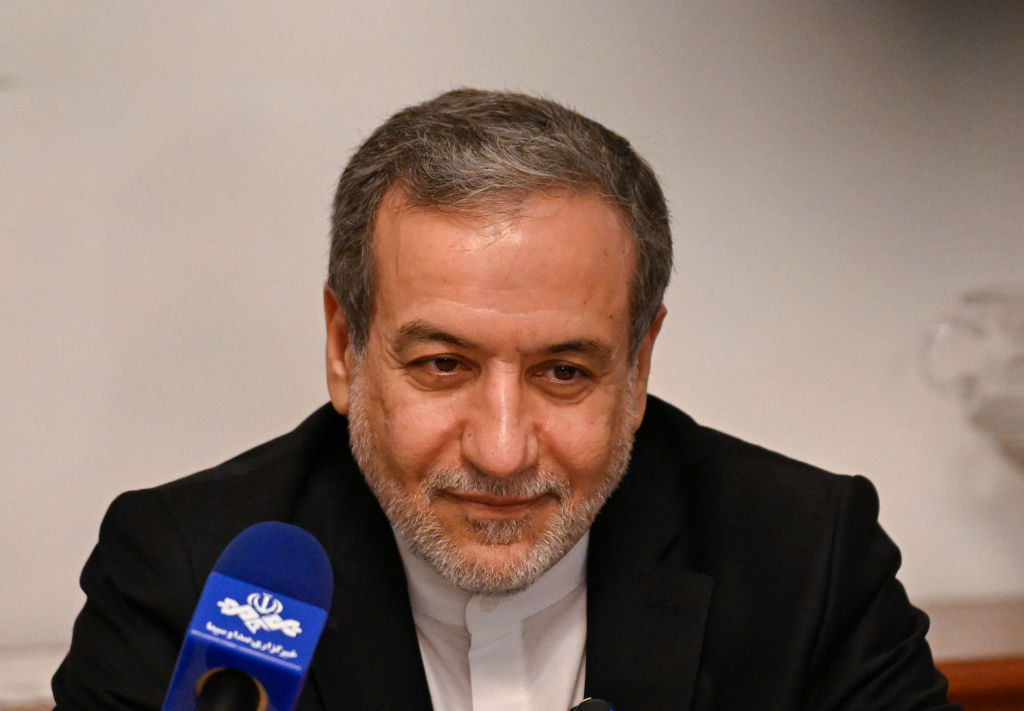Ukraine has proposed direct talks within weeks between its President Volodymyr Zelensky and Russia’s Vladimir Putin but Moscow tempered prospects for progress at a fresh round of discussions in Istanbul.
A Russian negotiator said his country agreed on July 23 to the latest in a series of prisoner exchanges with Ukraine and proposed brief ceasefires allowing dead and wounded soldiers to be recovered.
Host country Turkey urged steps towards a lasting ceasefire and peace deal but the Kremlin played down any expectations of a breakthrough after three-and-a-half years of war, AFP reported.
Ukraine’s lead negotiator and former defence minister, Rustem Umerov, told reporters: “Priority number one is to organise the meeting of the leaders, of Presidents,” in comments after the talks.
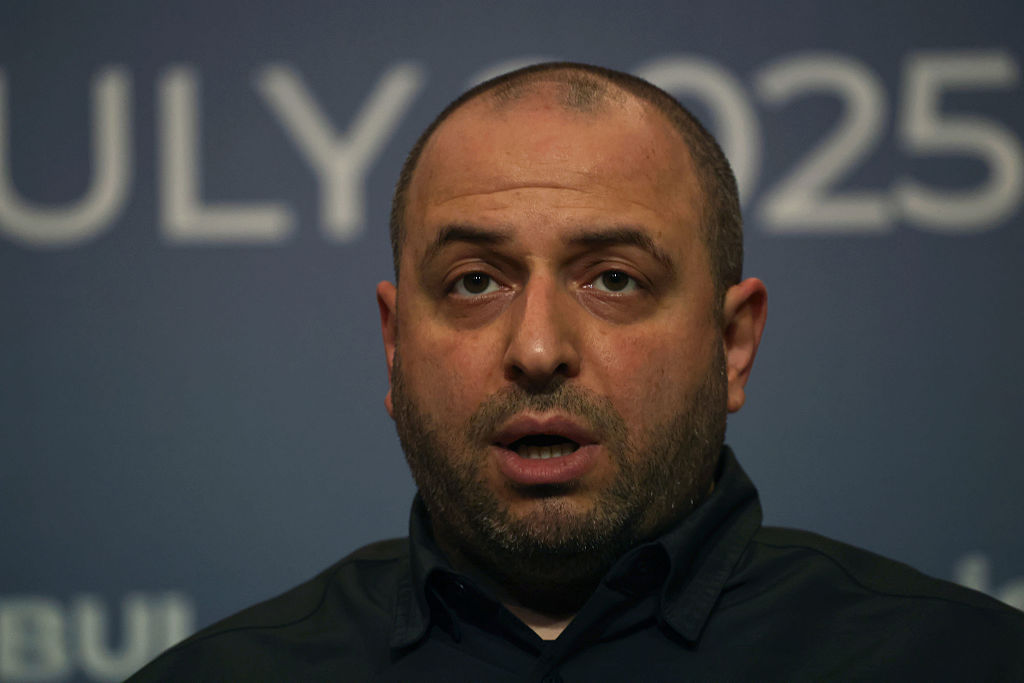
He said Kyiv had proposed to hold the talks by the end of August, with US President Donald Trump and Turkish President Recep Tayyip Erdogan also participating.
Moscow’s lead negotiator Vladimir Medinsky told reporters the sides had lengthy discussions but added: “The positions are quite distant. We agreed to continue contacts.”
He said both countries agreed to exchange 1,200 prisoners of war each and that Moscow offered to hand Kyiv the bodies of 3,000 killed soldiers.
The US Department of State has approved the sale of two military aid packages to Ukraine, totalling $322 million (€273.5 million), as announced on July 23, according to South Africa-base global news service Media 24.
This included $172 million (€146 million) for HAWK Phase III air defence systems, covering maintenance, trucks, spare parts, repairs, and training. Additionally, $150 million (€127 million) was allocated for Bradley Infantry Fighting Vehicles, along with their repair and technical support.
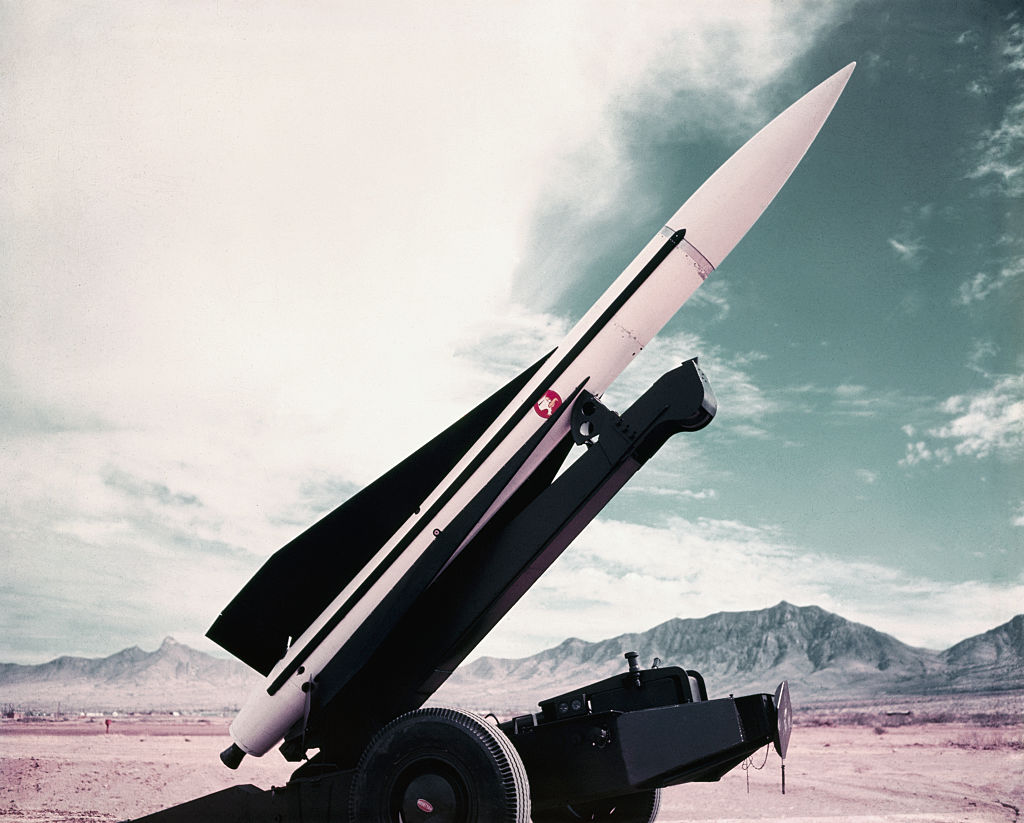
The package would support Ukraine’s ongoing efforts to strengthen its defence against growing security threats, with the acquisition of key equipment and services, such as spare parts, trucks, technical assistance, and training for the HAWK missile system, the US Defence Security Co-operation Agency (DSCA) said in a press release.
Additionally, the deal included the refurbishment and overhaul of HAWK air defence fire units, missile repairs and logistical support.
This move aligned with the US’ foreign policy and national security goals by helping Ukraine bolster its self-defence and regional security capabilities. The deal would not disrupt the military balance in the region, the DSCA claimed.
The HAWK system was expected to significantly enhance Ukraine’s air defence capabilities, enabling it to address both current and future aerial threats, such as Shahed drones.
Shahed drones are Iranian-made unmanned combat aerial vehicles (UCAVs) and loitering munitions (exploding kamikaze drones) developed by Shahed Aviation Industries.
Key contractors involved in the US deal include Sielman Corporation (Greece), RTX Corporation (US), and PROJECTXYZ (US).
“We once again proposed to the Ukrainian side … to establish short 24 to 48-hour ceasefires on the line of contact, so that medical teams are able to collect the wounded and so that commanders can come take the bodies of their soldiers,” Medinsky added, according to AFP.
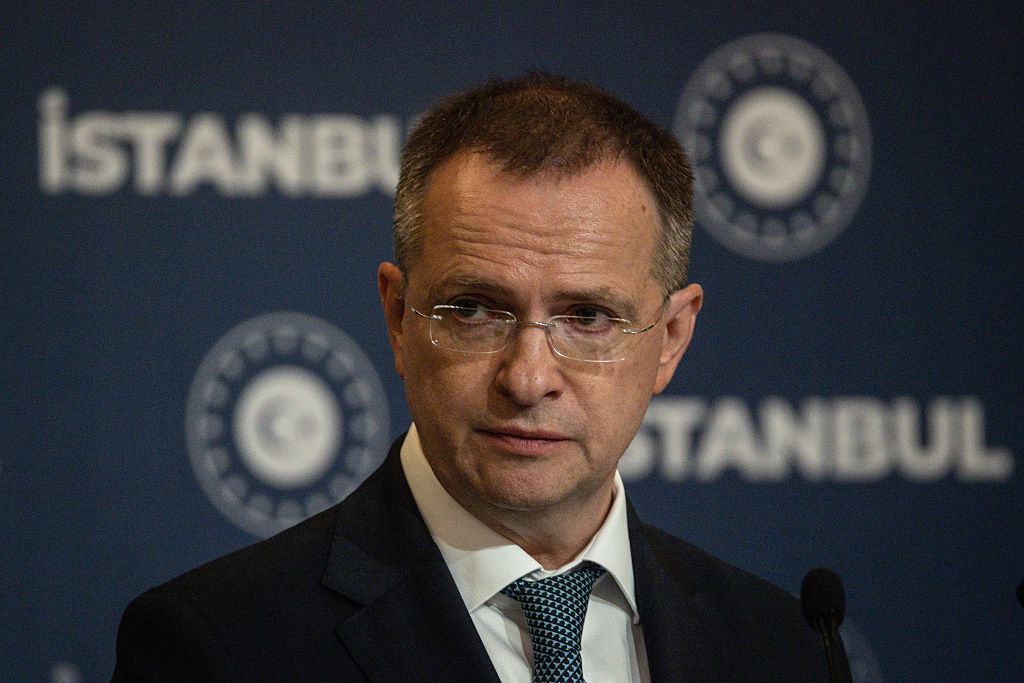
The two sides previously met in the Turkish city in May and June but at those talks managed to agree only on other exchanges of prisoners and soldiers’ bodies.
Trump recently gave Russia 50 days to end the war or face sanctions but the Kremlin has not indicated it was willing to compromise.
“No one expects an easy road. It will be very difficult,” Kremlin spokesman Dmitry Peskov told reporters when asked about his expectations for the talks.
Opening the meeting, Turkish foreign minister Hakan Fidan said: “Our aim is to end this bloody war, which has a very high cost, as soon as possible.”
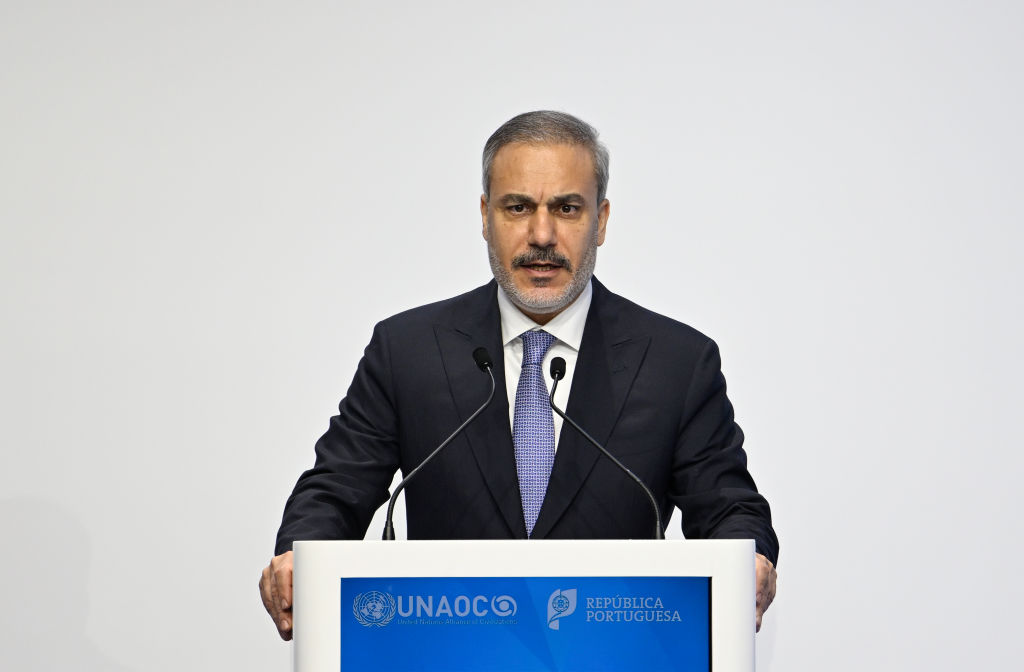
“The ultimate goal is a ceasefire that will pave the way for peace.”
A source in the Ukrainian delegation told AFP ahead of the talks: “Everything will depend on whether Russia stops speaking in ultimatums and takes a constructive position.
“This will determine whether results can be achieved at this meeting.”
Regarding a potential end to the conflict with Russia, Moscow has said a lot of work is needed before even discussions could take place about possible talks between Putin and Zelensky, who last met in 2019.
After the previous round of talks the sides exchanged their draft terms for ending the conflict, which the Kremlin said were “diametrically opposed”.
The two sides have radically different positions.
Russia has effectively called on Ukraine to retreat from the four Ukrainian regions Moscow claimed to have annexed in September 2022, a demand Kyiv has called unacceptable.
Ukraine has ruled out any negotiations on territory until after a ceasefire and said it would never recognise Russia’s claims over occupied territory – including Crimea, which Moscow annexed in 2014.
Russia’s full-scale invasion of the country has ravaged swathes of eastern and southern Ukraine, killing tens of thousands of soldiers and civilians.
The negotiations on July 23 came as the White House stepped up pressure on Russia to agree a compromise.
Trump announced recently he was giving Russia until September to strike a peace deal with Kyiv or face sanctions.
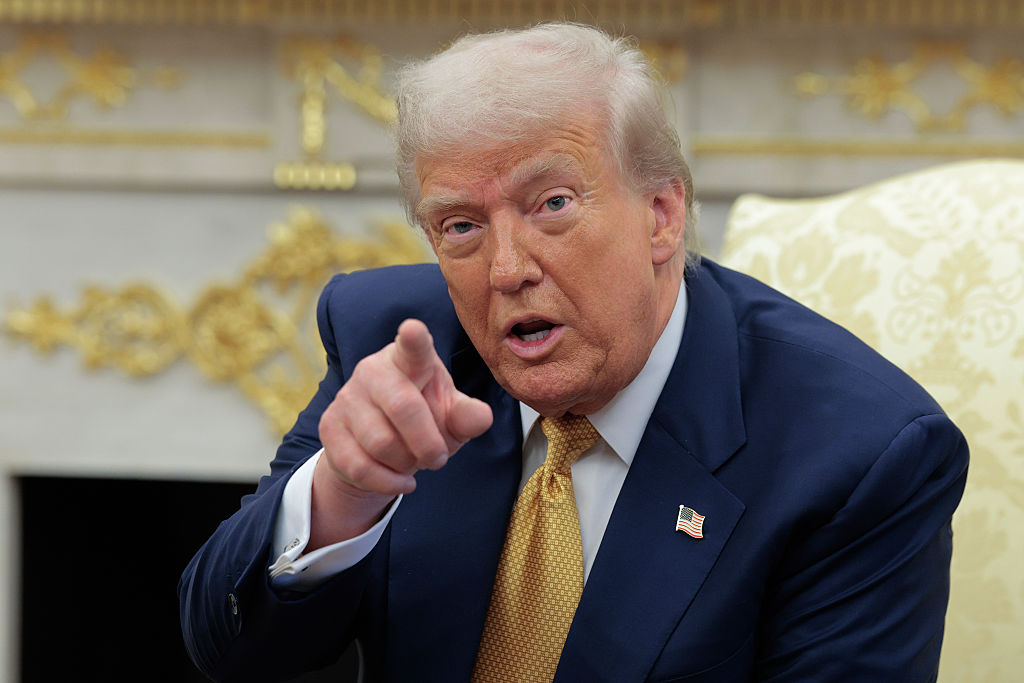
The US leader has been trying to broker an end to the war since his inauguration in January but has failed to extract any concessions from the Kremlin, despite repeated phone calls with Putin.
Russia has, meanwhile, intensified its bombardment of Ukrainian towns and cities, while advancing across several different areas of the front line.
Between late July 22 and early July 23, Russia fired 71 drones at four different regions of Ukraine, the Ukrainian air force said.
The Russian defence ministry said on July 23 it had captured the village of Varachyne in Ukraine’s northern Sumy region, where Moscow had been advancing for weeks.
A Russian drone attack on the Sumy region cut power to more than 220,000 people earlier the same day, Zelensky said.

